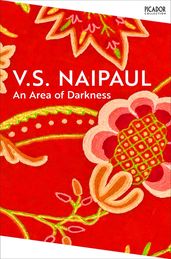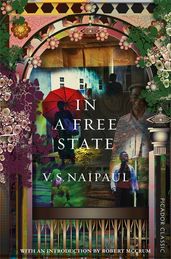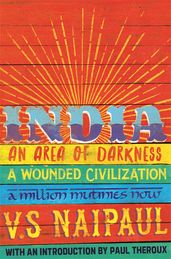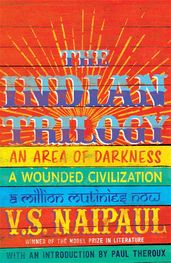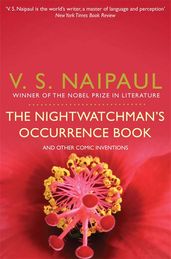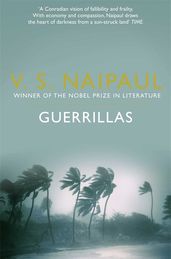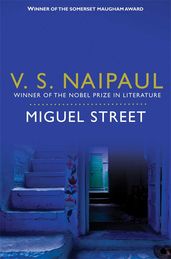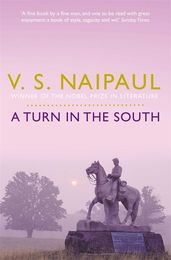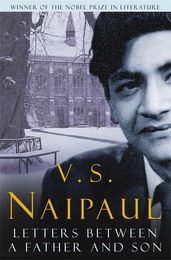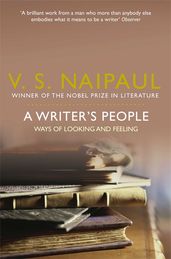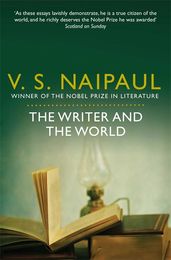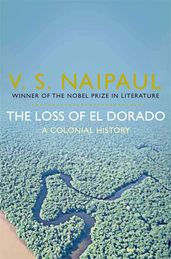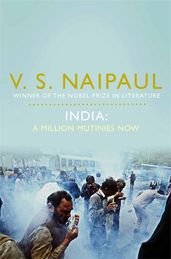Synopsis
A collection of three classic books by V. S. Naipaul. with an introduction from Paul Theroux, author of The Great Railway Bazaar.
V. S. Naipaul first visited India in 1962 at twenty-nine. He returned in 2015 at eighty-two. The intervening years and visits sparked by an inquisitiveness about a country he had never seen but had been a dream of his since childhood have resulted in three books: India: An Area of Darkness, A Wounded Civilization and A Million Mutinies Now. India is the collection of all three, introduced by fellow traveller and writer Paul Theroux.
An Area of Darkness is V. S. Naipaul’s semi-autobiographical account – at once painful and hilarious, but always thoughtful and considered – of his first visit to India, the land of his forebears. From the moment of his inauspicious arrival he experienced a cultural estrangement from the subcontinent. India was land of myths, an area of darkness closing up behind him as he travelled. What emerged was a masterful work of literature that provides a revelation both of India and of himself: a displaced person who paradoxically possesses a stronger sense of place than almost anyone.
India: A Wounded Civilization casts a more analytical eye than before over Indian attitudes, while recapitulating and further probing the feelings aroused in him by this vast, mysterious, and agonized country. A work of fierce candour and precision, it is also a generous description of one man’s complicated relationship with the country of his ancestors.
India: A Million Mutinies Now is the fascinating account of Naipaul's return journey to India and offers a kaleidoscopic, layered travelogue, encompassing a wide collage of religions, castes, and classes at a time when the percolating ideas of freedom threatened to shake loose the old ways. The brilliance of the book lies in Naipaul’s approach to a shifting, changing land from a variety of perspectives. India: A Million Mutinies Now is a truly perceptive work whose insights continue to inform travellers of all generations to India.
Details
Reviews
His narrative skill is spectacular. One returns with pleasure to the slow hand-in-hand revelations of both India and himself
With this book he may well have written his own enduring monument, in prose at once stirring and intensely personal, distinguished both by style and critical acumen
Brilliantly enjoyable . . . Everybody should read him
It is a long and angry stare at the obvious; it is humbling . . . because it seems chasteningly right. - New Statesman










